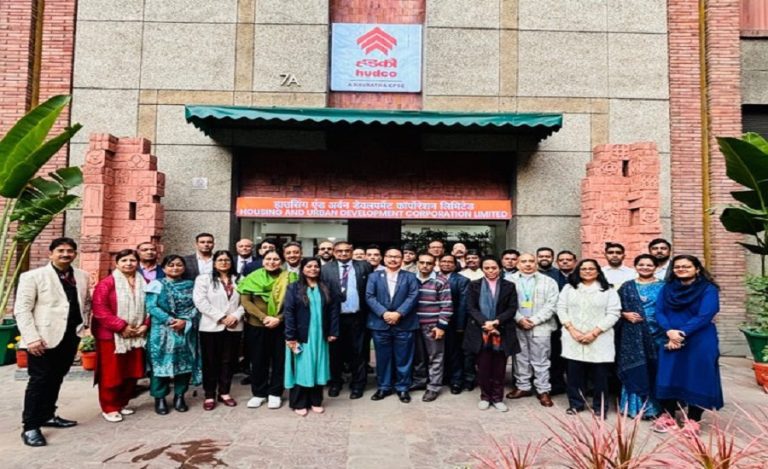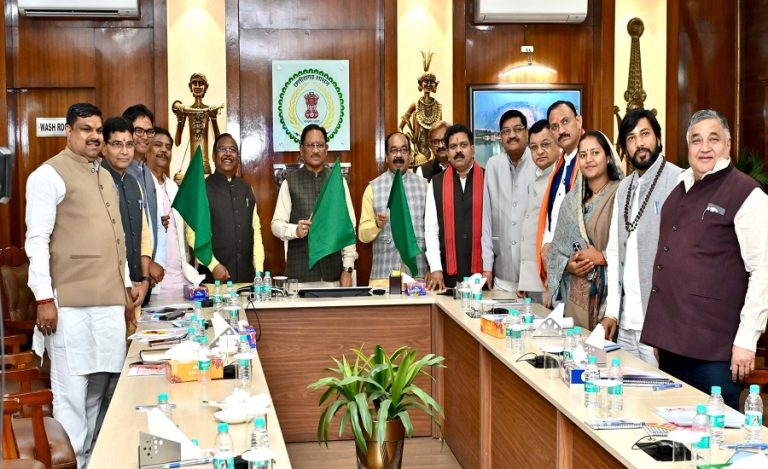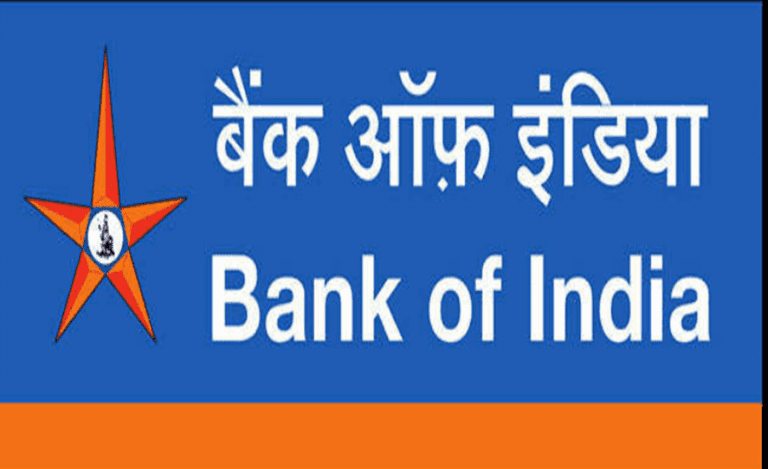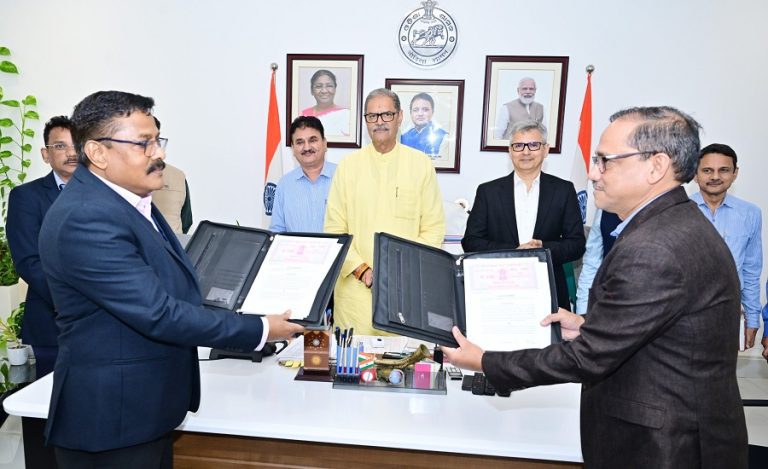Singapore: Union Minister for Electronics and IT, Ashwini Vaishnaw, announced at the Bloomberg New Economy Forum in Singapore that India’s semiconductor manufacturing capabilities will reach global parity by 2031–2032. The minister outlined a roadmap for India to become a major hub for chip production and digital innovation, emphasizing the country’s commitment to technology sovereignty and supply-chain resilience.
A Decade to Compete with Global Leaders
Vaishnaw stated that by 2031–32, India’s semiconductor capabilities will match those of the world’s leading chip-producing nations. “From then on, it will be a fair race on a level playing field,” he said.
India’s semiconductor program is in a formative stage but expanding rapidly, supported by a $10 billion incentive fund designed to attract global and domestic chipmakers. Key developments include:
- Micron Technology setting up a major assembly and testing facility in Gujarat.
- Tata Group among 10 approved domestic producers preparing to fabricate silicon chips.
- Several ATMP (Assembly, Testing, Marking, and Packaging) and fabrication proposals already in the pipeline.
- Three semiconductor facilities scheduled to begin commercial production early next year.
Read also: NCDC Disburses Rs 92,500 Crore to Cooperatives, Driving Rural Development and Self-Reliance
Competing with Established Semiconductor Giants
Vaishnaw acknowledged that India still lags behind semiconductor powerhouses such as Taiwan, South Korea, the US, China, and Japan, which are investing hundreds of billions of dollars in advanced chip manufacturing.
India, he said, will leverage:
- A large engineering talent pool
- A rapidly expanding semiconductor design ecosystem
- Strong government support and policy stability
These factors, according to Vaishnaw, will attract private capital organically, similar to how incentives facilitated Apple’s large-scale iPhone production in India.
Promoting Digital Trust and Responsible Platforms
A significant portion of Vaishnaw’s address focused on digital risks, including deepfakes, synthetic content, misinformation, and manipulated social media content. He emphasized the responsibility of platforms to prevent harm to individuals, communities, and society.
He explained India’s “techno-legal” governance model, which blends innovation with regulatory safeguards, and highlighted the Digital Personal Data Protection (DPDP) Act as a principles-based framework allowing adaptability in a rapidly evolving digital landscape.
Democratizing AI Infrastructure in India
Vaishnaw also unveiled India’s efforts to make advanced AI infrastructure accessible to all innovators, through a national common compute facility powered by 38,000 GPUs. This facility, available to researchers and students at less than $1, aims to level the playing field and support AI research, startups, and industry-specific model development.
He outlined the AI innovation spectrum as including:
- Large general-purpose models
- Small, domain-specific industry models
- Research-driven foundational models
India’s Vision for a New Tech Future
With semiconductor manufacturing accelerating, AI democratization underway, and strong digital governance frameworks, India is positioning itself as a responsible, innovation-driven global technology leader. Vaishnaw emphasized that India is ready not only to participate in the next wave of the global economy but to actively shape it, signaling the country’s ambitions to emerge as a key player in global technology and digital innovation.



























